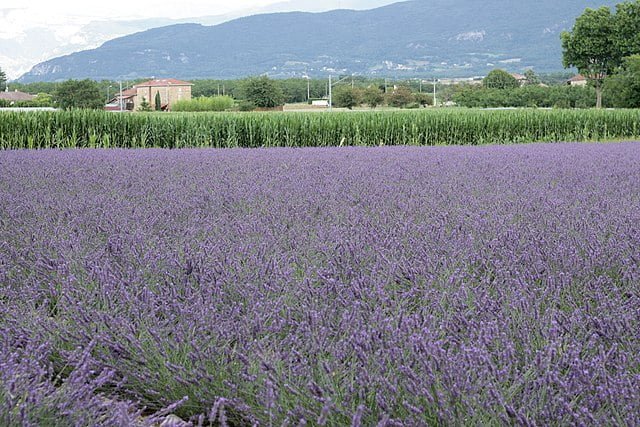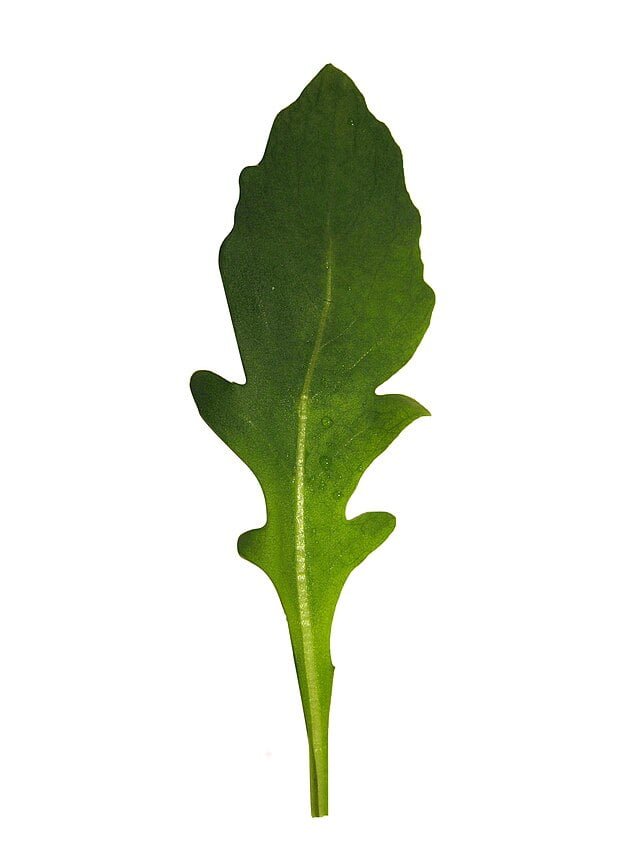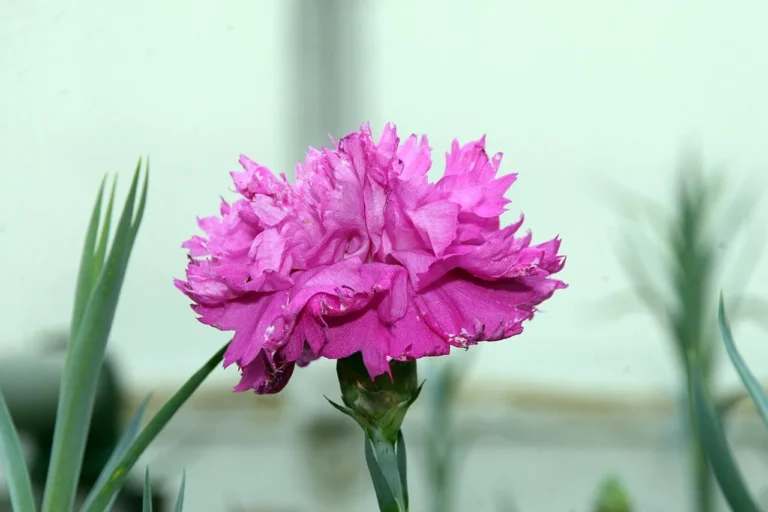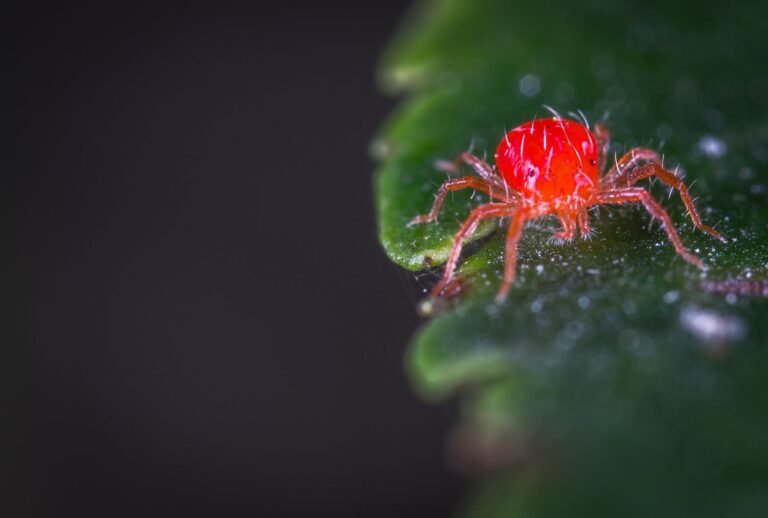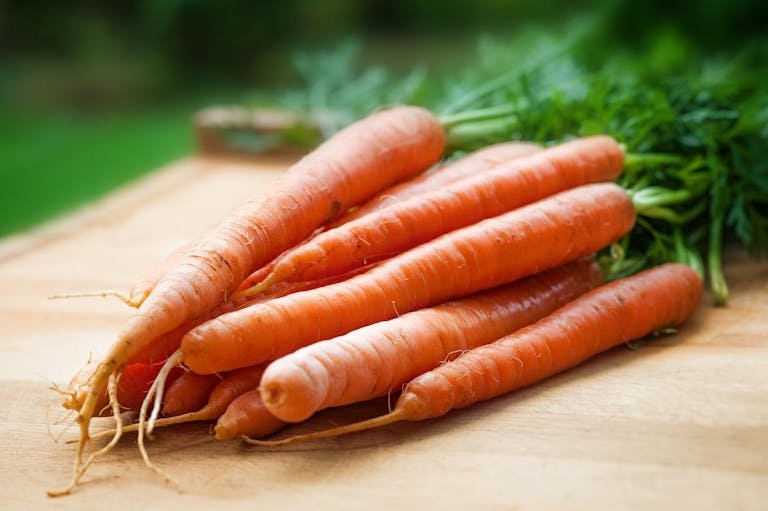Growing Nasturtiums: A Guide to Cultivating Colourful and Edible Blooms
Nasturtiums are vibrant and versatile flowers that not only add beauty to your garden but also serve as a delightful addition to your culinary creations. With their bright colours and peppery flavour, growing nasturtiums is a great way to bring colour and taste to your garden. This guide will provide you with simple steps to successfully cultivate nasturtiums and enjoy their edible blooms.
Selecting Nasturtium Varieties
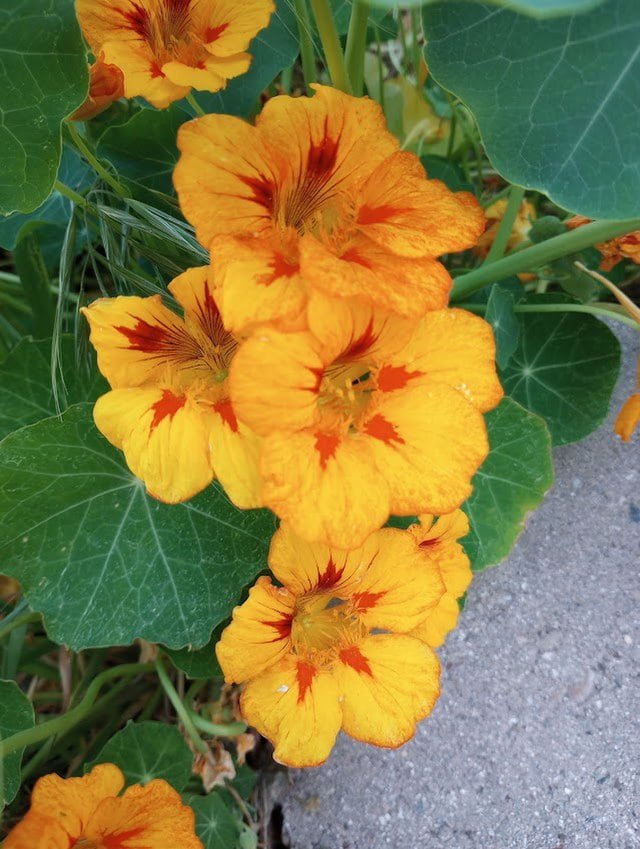
Nasturtiums come in various colours and growth habits. Choose nasturtium varieties that suit your preferences and growing conditions. Some popular options include ‘Alaska,’ ‘Empress of India,’ and ‘Jewel Mix.’ Consider factors such as flower colour, plant size, and trailing or bushy growth habit when selecting the right variety for your garden.
Choosing the Planting Location
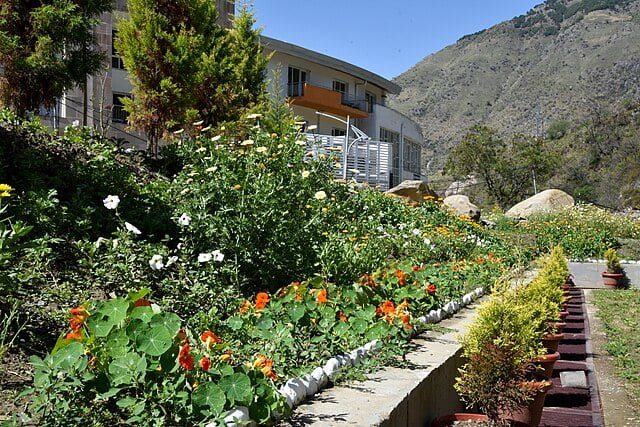
Nasturtiums thrive in full sun to partial shade. Select a spot in your garden that receives at least 4-6 hours of direct sunlight daily. Nasturtiums are not picky about soil conditions and can grow well in average, well-draining soil. They can tolerate poor soil and even perform well in sandy or less fertile soil. However, avoid soil that is too rich in nutrients, as this may result in excessive foliage growth rather than prolific blooming.
Starting Nasturtium Seeds
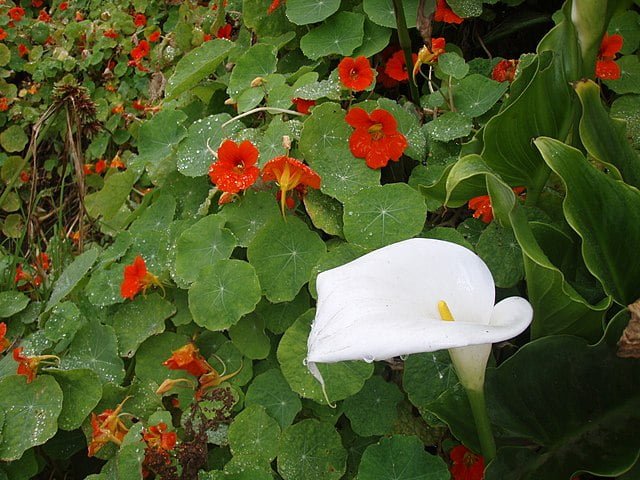
Nasturtiums are typically grown from seeds directly sown into the garden soil. Prepare the soil by removing any weeds and loosening it with a garden fork or tiller. Sow the seeds about ½ inch deep, spacing them according to the instructions on the seed packet. Generally, nasturtium seeds should be spaced about 8-12 inches apart. Water the soil gently after planting to ensure good seed-to-soil contact.
Watering and Care
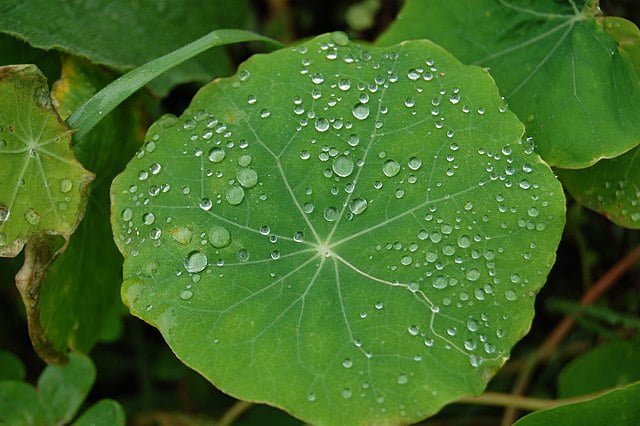
Nasturtiums prefer regular watering, especially during dry spells. Water the plants when the soil feels dry to the touch, aiming to keep the soil evenly moist but not waterlogged. Be mindful not to over water, as excessive moisture can lead to root rot or leaf diseases. Nasturtiums are generally drought-tolerant once established and can withstand short periods of dryness.
Fertilizing and Maintenance
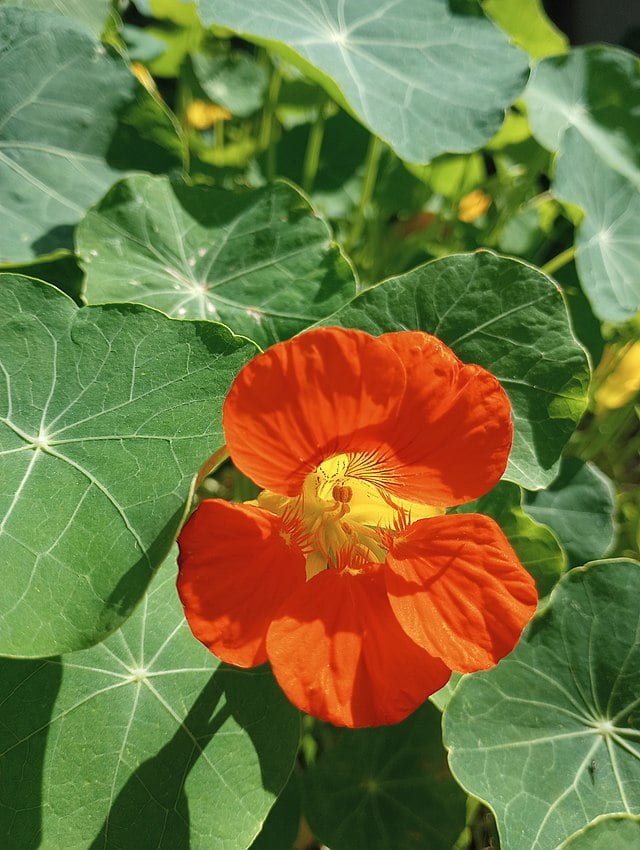
Nasturtiums are known for their ability to grow well in nutrient-poor soils. Excessive fertilization can result in more foliage growth than blooming. If your soil is particularly poor, you can apply a balanced fertilizer sparingly during the growing season. Otherwise, there is generally no need for regular fertilization. Remove any weeds that compete with the nasturtiums for nutrients and water.
Supporting Trailing Varieties
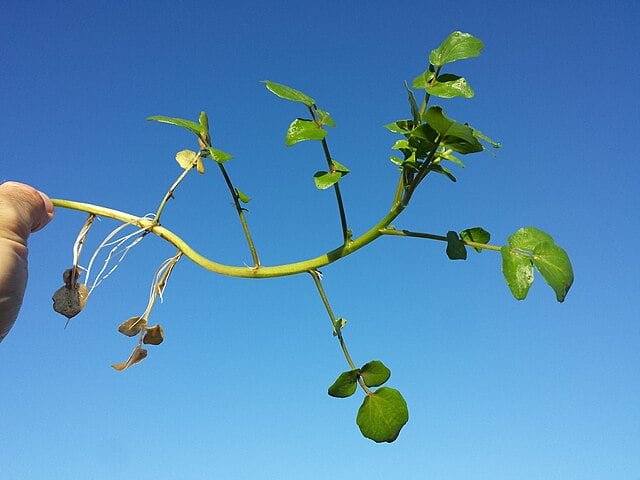
If you’re growing trailing nasturtium varieties, consider providing them with some support. Nasturtiums can trail along trellises, fences, or supports, enhancing their visual appeal. Install a trellis or tie some twine between stakes for the plants to climb. Regularly train the vines to grow along the support system to maintain an orderly and attractive appearance.
Harvesting and Enjoying
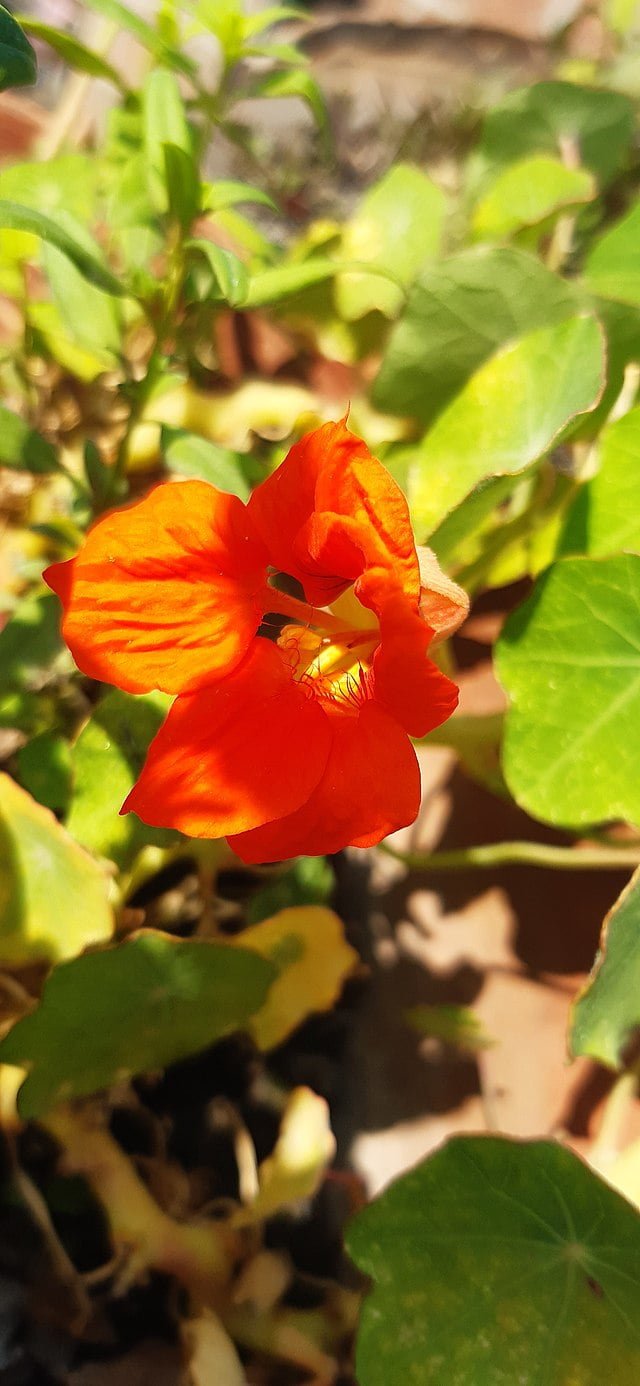
Nasturtium flowers are not only ornamental but also edible. Harvest the flowers by gently picking them from the plant, taking care not to damage the foliage or stems. The flowers add a colorful and peppery touch to salads, sandwiches, and even as a garnish for various dishes. The leaves are also edible and have a similar peppery flavour. Enjoy the blooms and leaves fresh from your garden, and experiment with different culinary creations.
Growing nasturtiums is a delightful endeavour that adds colour, beauty, and flavour to your garden. By following these simple steps and providing the right growing conditions, you’ll be rewarded with a profusion of vibrant blooms and the opportunity to incorporate their unique taste into your culinary adventures.



